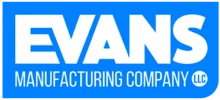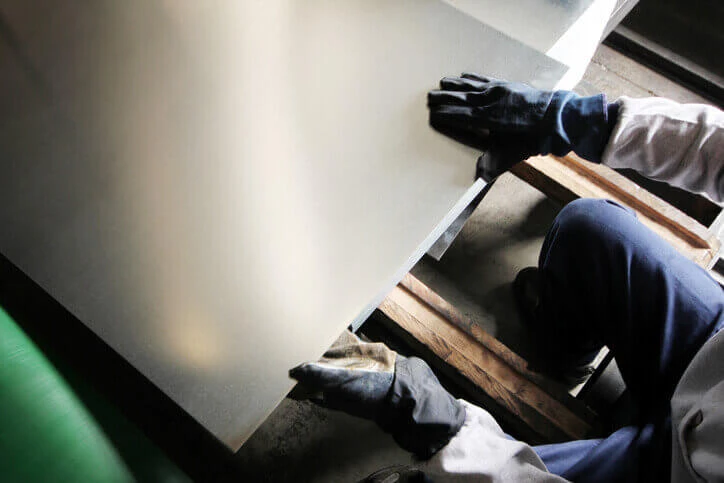Sheet metal fabrication is a manufacturing technique that includes shaping and sizing flat sheets of metal. Construction, automotive, aerospace, and electronics are just a few of the sectors that employ sheet metal.
With certain sections requiring great strength and others demanding flexibility, the strength requirements for sheet metal vary depending on the application. For sheet metal parts to be durable and reliable, metal strengthening, sometimes referred to as stiffening, is essential.
It entails incorporating structural support to stop pieces from warping and failing under stress, ensuring that they keep their form and usefulness throughout time. Without sufficient metal stiffening, components might deform, crack, or even shatter while in operation, endangering the final product’s performance and safety.

7 Common Techniques for Strengthening Sheet Metal
Due to its lightweight and durability, sheet metal is a useful material utilized in a variety of sectors. But strengthening procedures are necessary to make sheet metal stiffer and more resistant to bending and warping so that it can perform well in a variety of applications. The top seven methods for reinforcing sheet metal are as follows:
Bending
One of the most popular methods for reinforcing sheet metal is bending. The term “bending” describes the action of exerting pressure using a bending tool to shape or bend a metal sheet into a certain shape or angle. A metal sheet can be strengthened by well-executed bending by improving its stiffness and bending resistance.
Hemmed edges
A sheet metal part’s folded-over edge that produces a smooth, rounded surface is referred to as having a hemmed edge. Hemmed edges add extra substance and increase the metal’s stiffness, strengthening the material.
Avoid the flat design
By including details that give the sheet metal portion additional depth and dimension, you may avoid the flat design. By increasing stiffness and lessening the tendency of the sheet metal to deform, features like bends, flanges, and curves improve the strength of the material.
Stretching the metal profile
The process of extending the metal sheet in a certain direction is referred to as stretching. This process strengthens the sheet metal by orienting the metal’s grain in a certain direction.
Adding Ribs, Beaded and Punched Holes, Adding Straight Bend, Flange, or Hems, Adding Triangular Ribs to Bending Place
By adding extra material, these procedures make the sheet metal more resistant and less prone to bending or warping. While adding a straight bend or flange produces a strengthening feature, adding ribs or punched holes more uniformly distributes the strain. The likelihood of the sheet metal warping during bending is decreased by adding triangle ribs to the bending location.

Different Types of Strengths for Sheet Metal
For selecting the right metal for a given application and constructing a sheet metal part that can bear the necessary loads and stresses, it is essential to understand the various forms of sheet metal strength.
Here are some basic descriptions of the many forms of sheet metal strength:
- Tensile Strength: The maximum stress a material can withstand while being stretched or pulled before it breaks.
- Yield Strength: The stress at which a material begins to deform permanently.
- Breakable Strength: The amount of stress at which a material will fracture under a specific set of conditions.
- Ultimate Strength: The maximum stress a material can handle before it fails or breaks.
- Compressive Strength: The ability of a material to withstand forces that cause it to compress or become shorter.
- Impact Strength: The ability of a material to absorb energy when subjected to a sudden shock or impact without breaking.
Evans Manufacturing: Quality Sheet Metal Fabrication
Evans Manufacturing Company provides premium bespoke sheet metal parts for a range of industries. Get in touch with us right now to find out how we can support your next project!



